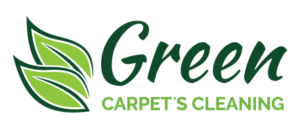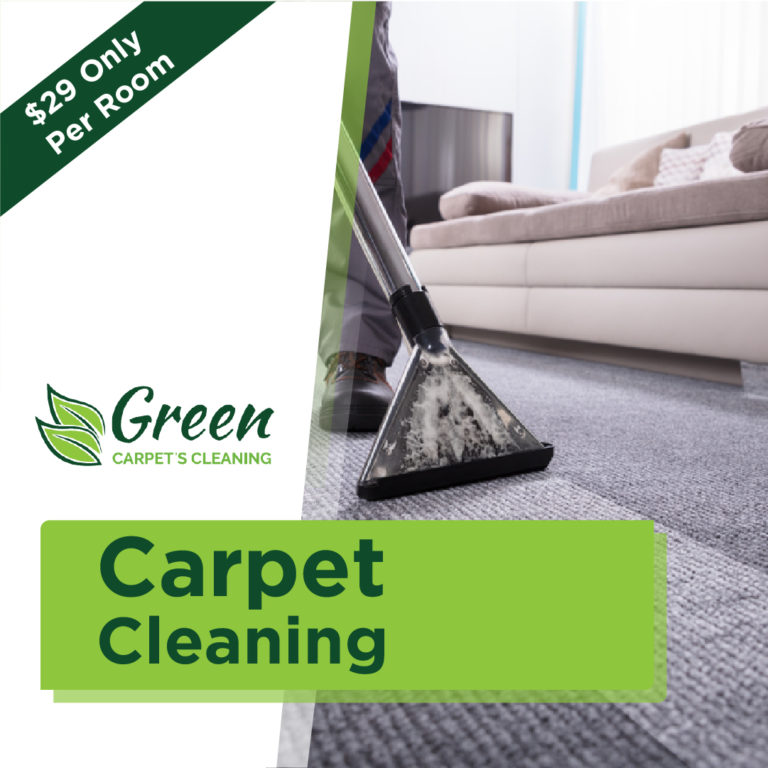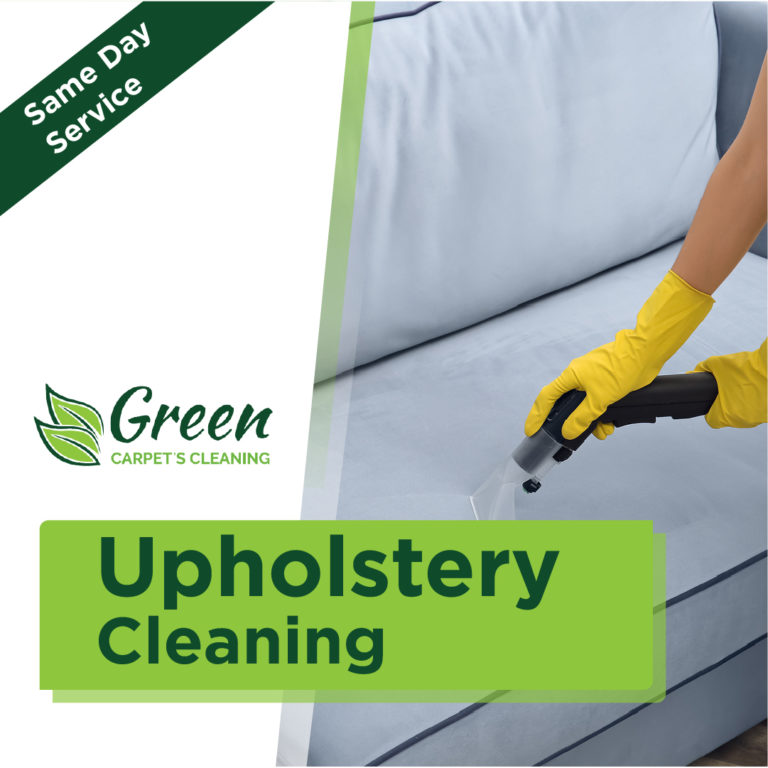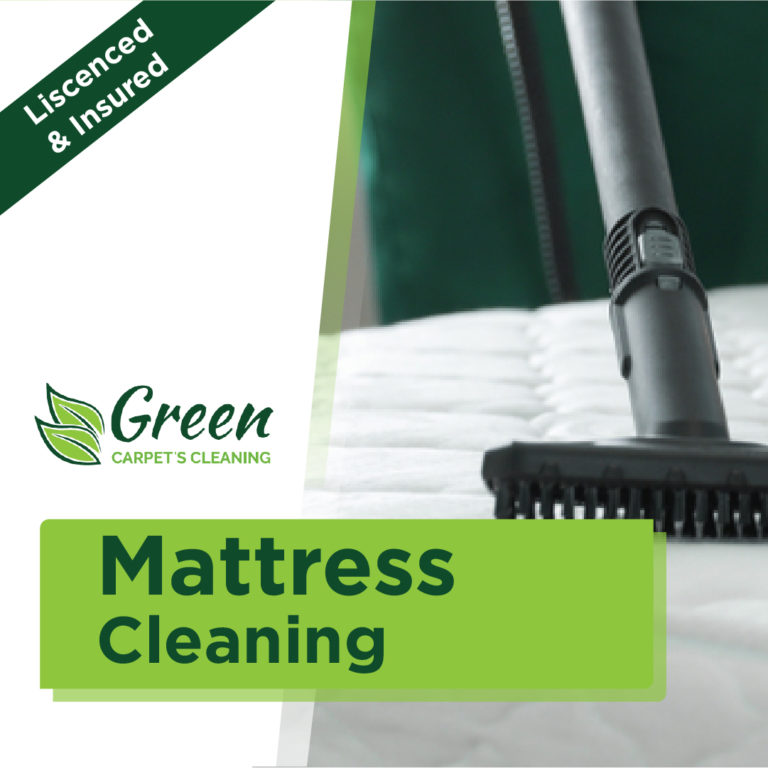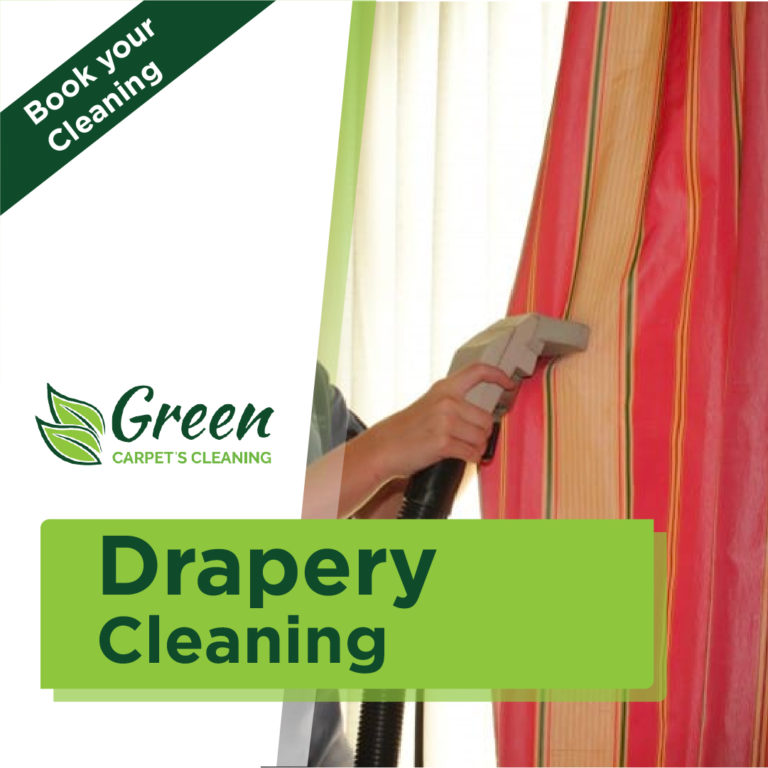Carpet mold prevention strategies
Allergens, substances that cause allergic reactions, are produced by mold and mildew, along with dangerous irritants and, in some cases, potentially toxic substances called mycotoxins. It is possible for sensitive people to develop allergies after coming into contact with mold and mildew or mold and mildew and mold spores through breathing or touching. Hay fever symptoms like a stuffy nose, watery eyes, and a rash are examples of mild reactions.
Many homeowners avoid putting carpets in their storage rooms because of the risk of mold growth. Despite appearances to the contrary, cellars are notoriously humid environments. Even a small amount of moisture can build up over time in the dark, damp conditions of a basement, causing carpet and other items to deteriorate. Mold and mildew can grow from a variety of different materials, not just moisture.
Anger and resentment eventually give way to mildew and mold. They can be on the dot or delayed. People who are allergic to or otherwise sensitive to mold and mildew may also experience an increase in the frequency and severity of their asthma attacks if they are exposed to mold. In addition, both mold-allergic and non-allergic people can experience irritation of the eyes, skin, nose, throat, and lungs upon direct exposure to mold and mildew and mildew. While allergic and irritant reactions to mold and mildew are the most commonly reported, other symptoms can occur if you breathe it in.
Mold and mildew flourish in dirty carpets for two reasons. Mold and mold spores make up the bulk of the dust at first. To add insult to injury, dirt is a wet substance in and of itself. When you add the dampness of the environment to the dampness of the dirt, you have a veritable paradise for mold to flourish.
Maintaining extremely dry carpeting is one way to stop mold from growing again. There should be plenty of fresh air and very little humidity there. You should also regularly use the vacuum cleaner. In addition, a device designed to remove mold and mildew spores from the air can be useful. Mold spores in the air can be eliminated with the help of air purifiers equipped with HEPA filters or other air filtration modern technology.
There are a few basic things you can do to prevent mold and mildew growth on carpeting in a basement or other damp locations.
The optimal humidity for preventing mold growth in carpeting is 65 percent or lower. Running a portable dehumidifier or providing airflow by leaving windows and doors open as required can help reduce humidity in a calm space, but you shouldn’t do this if the outdoor humidity is already high.
Mold and mildew growth in carpeting can be facilitated by temperatures of 80 degrees Fahrenheit and above. Air conditioning, whether it be window-mounted or installed in a building, can be useful for lowering the temperature and relieving humidity.
While there is no universally accepted definition of “clean,” it is recommended that carpets be vacuumed once a week to prevent the buildup of mold and mildew.
Wool and other organic carpet materials are more susceptible to mold growth than synthetic nylon or olefin.
Avoidance, like with any other potentially moldy area in your home, is the most effective method of control for carpet mold. Eliminating high-moisture conditions and protecting against the risk of flooding or standing water will reduce development probability.
If mold and mildew have grown on carpeting, it is usually impossible to clean them. A carpet should be replaced if growth can be seen in more than one area, or if there is a sizable area of growth.
To avoid this, you should hire a professional carpet cleaning service, such as Green Carpet’s Cleaning, because they are well-versed in the subject and provide the most effective Same Day Carpet Cleaning Seal Beach in the surrounding areas.
Advantages of Buying Carpeting Seal Beach
Simple Methods for Cleaning Carpets Seal Beach
